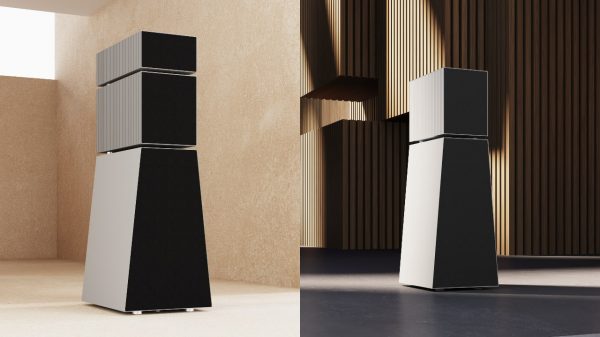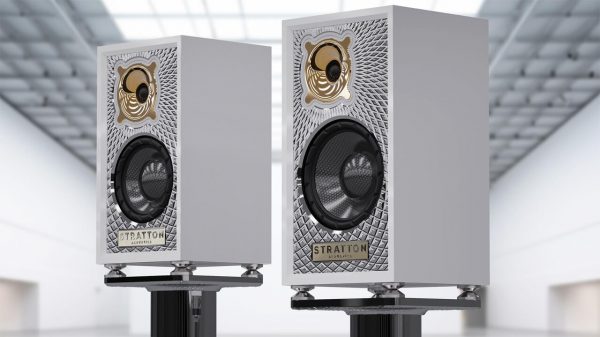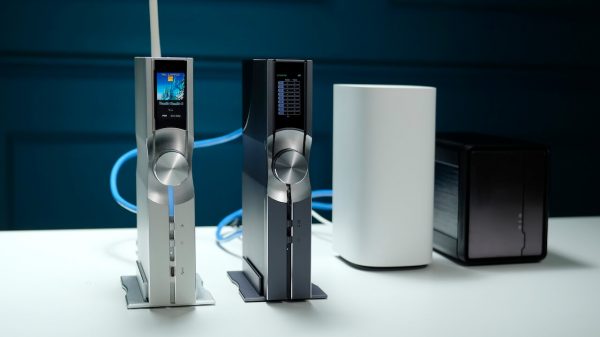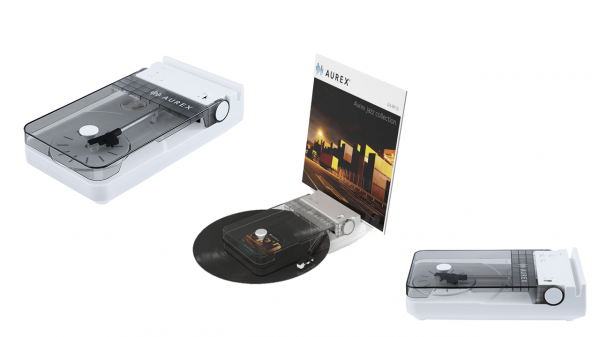Flat-screen TVs could surpass thicker, heavier tube TVs within the next few years, according to Taiwanese manufacturers who are leading the industry.
The obvious benefits of flat-panel TVs are becoming more and more apparent as the technology matures and consumers are offered a greater choice of brands, sizes, configurations and styles.
But the overwhelming price differential, as much as 20-times the price, and the difference in quality of flat-panel displays has kept even the early adopters at bay.
Both of these problems are set to diminish in the next year. The pricing problem is being eased by developments in technology, and increases in capacity. Manufacturers of thin-film transister (TFT) liquid crystal display (LCD) panels are boosting capacity by large amounts.
Taiwan’s AU Optronics this March opened its largest facility with a capacity of 30,000 1.43sqm TFT-LCD panels per month, and is about to boost that to 60,000 in its G5 fab.
Fellow Taiwan panel maker Chi-Mei Optoelectronics (CMO) already has the capacity to produce 70,000 of the same size panels, and plans to increase that to 120,000 by the end of 2004. Both companies already have significant capacity to produce smaller panels suitable for smaller TV screens.
With TFT panel sizes increasing, the technology will soon challenge the established plasma display panel (PDP) technology in the battle for 30+ inch TV screens. Already PDP is popular for screens above 40-inches, with the two technologies having divided the territory between big and small, the increasing size of TFT panels will likely spark a new turf war that will bring down prices and force vendors to further boost their technology in order to get the edge.
Among the technology issues that have kept LCD at a distance from the dominate CRT (cathode ray tubes) are the need for faster liquid crystals, better electronic circuit and image processors, and improved backlighting. Experts say that often CRT no longer is ahead in the technology race.
“In many cases, LCD is already better than CRT,” said one executive from AU Optronics.
Admittedly, LCD panels are not as real as real can be, but latest developments have brought flat-screens to the level acceptable by the human eye.
“If you look at panels, then the human eye can never be satisfied because it can never be as good as the real image,” he said.
Nevertheless, the industry has made strides in delivering more pure blacks and whites, as well as more accurate colour reproduction.
Another of the key hurdles for the TFT industry has been power consumption, with 46-inch panels burning up as much as 250 watts. However, more efficient circuitry is helping to bring that under control.
“With in the next year, we will see significant improvements in power consumption perhaps below 200 watts,” said an engineering executive from AU Optronics.
When that happens, flat screen TVs will no longer be burning money or power.























